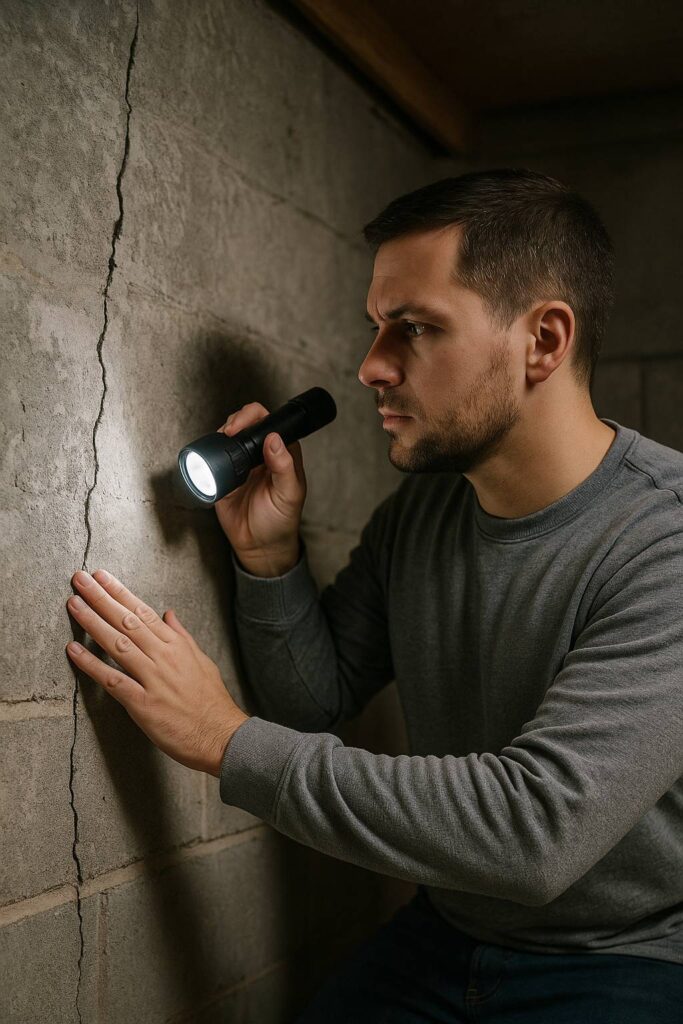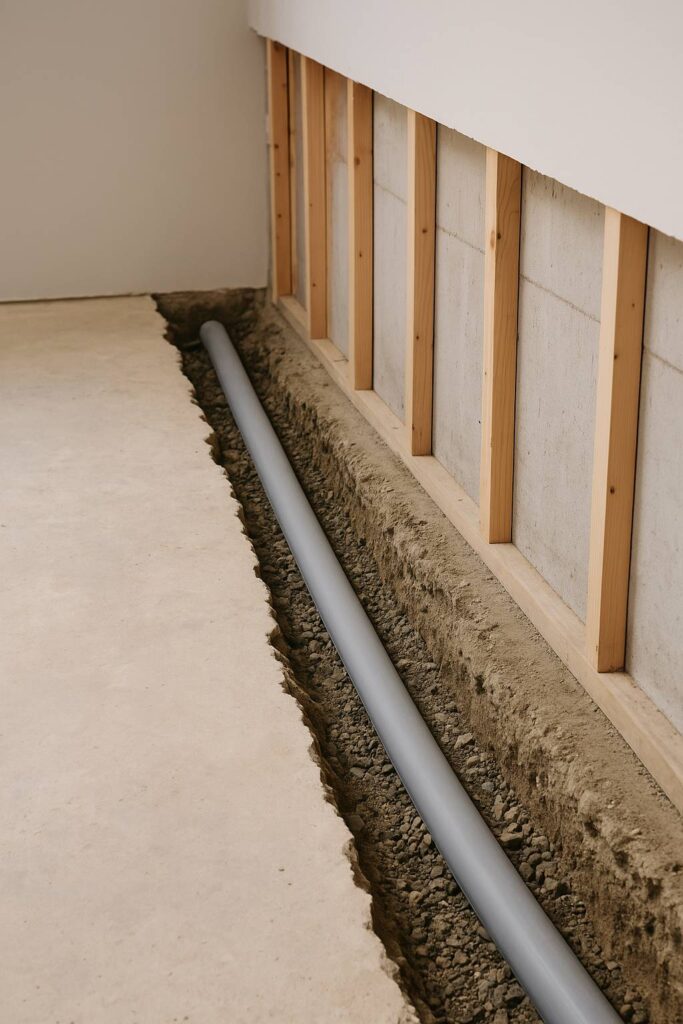Interior drainage systems are essential for preventing water buildup in basements and crawl spaces. When designed or installed incorrectly, they can cause more harm than good. From poor planning to skipped maintenance, there are several interior drainage mistakes that homeowners and contractors alike should avoid. A well-executed system protects your home from mold, structural damage, and costly repairs.
Interior drainage isn’t a one-size-fits-all fix. One common mistake is addressing symptoms—such as pooling water—without identifying the source of the water. If cracks in the walls or foundation are allowing moisture to enter, simply adding a drainage channel won’t prevent future leaks.
It’s important to assess wall cracks, exterior grading, and downspout positioning before installing a system. Skipping this step can lead to repeat flooding and expensive damage.

Another major interior drainage mistake is improper placement or slope. Drains must be installed along the perimeter of the foundation and pitched correctly to direct water to the sump pump. A flat or poorly sloped system allows water to collect, leading to standing water or mold.
The recommended slope is at least 1/8 inch per foot. Without it, water may not reach the pump efficiently, especially during heavy rains.

Even a perfectly installed interior drainage system can fail if the sump pump isn’t functioning. Homeowners often overlook testing or maintaining the pump, which can lead to failure during storms or power outages.
Routine checks include verifying the float switch, inspecting the discharge line, and installing a battery backup. A backup system keeps water flowing even when the power goes out. Learn about sump pump maintenance.
Trying to save money with low-quality materials is another common mistake. Flexible corrugated pipes are prone to clogging while skipping gravel or filter fabric can result in debris buildup.
Use rigid perforated pipes surrounded by washed gravel and lined with filter fabric. These materials last longer and help maintain a consistent water flow.
Interior drainage requires more than digging a trench. It takes precise measurements, experience with waterproofing systems, and knowledge of local codes. Poor DIY work may cause long-term issues and hidden damage.
A qualified contractor like Hoffman Reconstruction LLC ensures the job is done right the first time. We design systems tailored to your home’s layout and drainage requirements.
Avoiding these interior drainage mistakes can make the difference between a dry, safe home and one that’s constantly at risk. Whether you’re installing a new system or updating an old one, choose quality materials, follow proper design, and trust professionals for lasting results.
Looking for expert help with your interior drainage system? Contact Hoffman Reconstruction LLC for a consultation today. And don’t forget to read our blog page for more tips on basement waterproofing and maintenance.